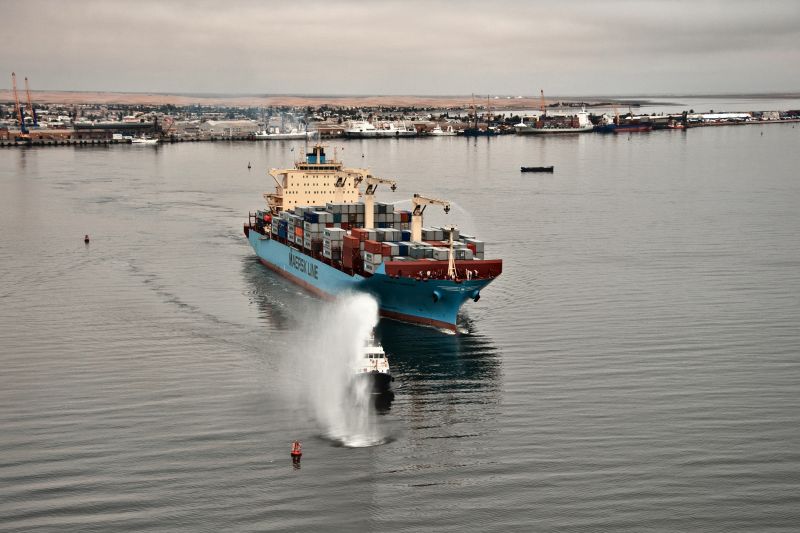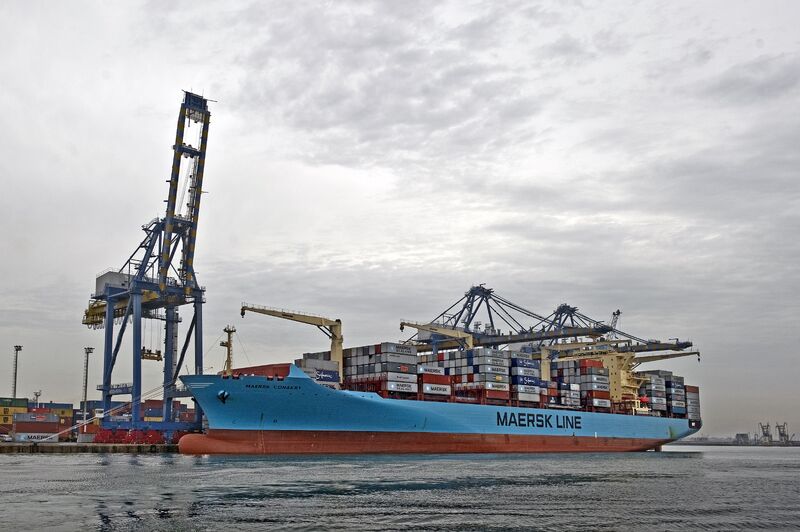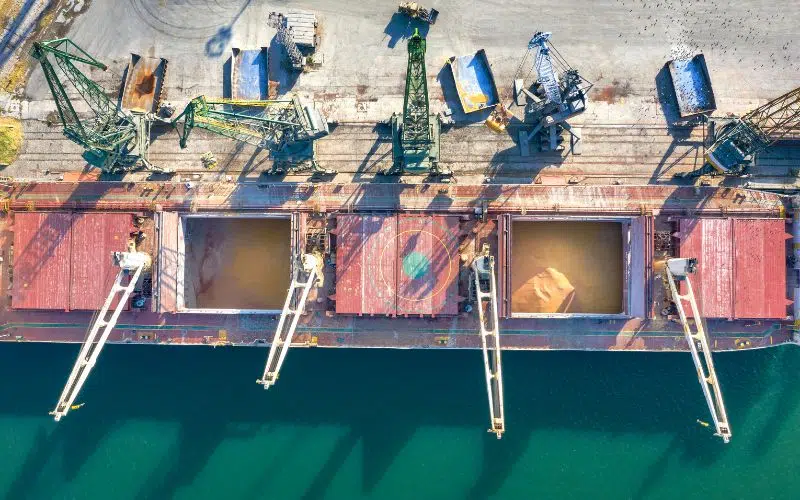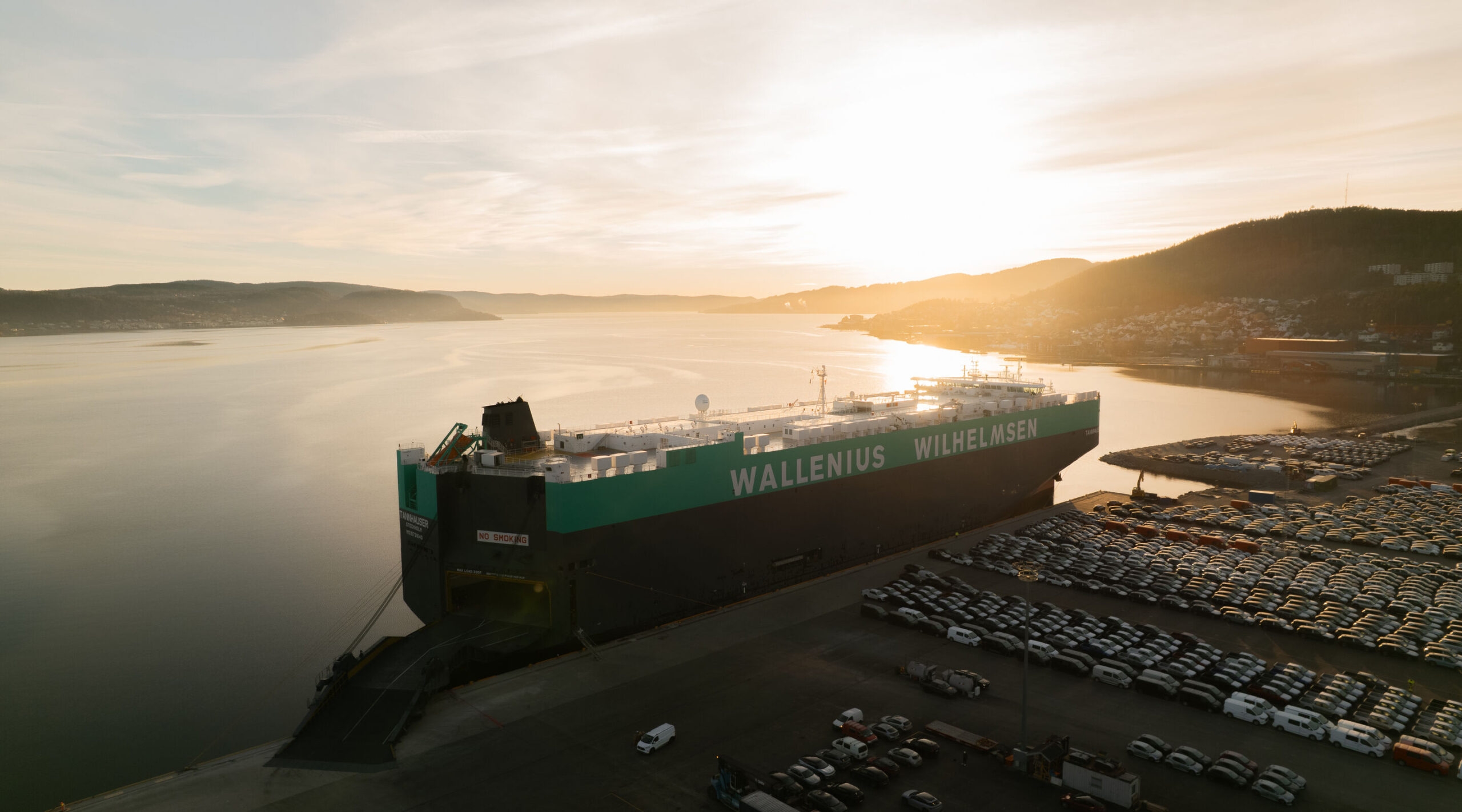WHAT DO YOU DO WHEN A LACK OF PORT INFRASTRUCTURE LIMITS YOUR ABILITY TO DELIVER CARGO EFFICIENTLY TO GROWING MARKETS?
You design vessels that can accommodate the specific needs to operate and deliver cargo successfully 🚢🔧


What do you do when a lack of port infrastructure limits your ability to deliver cargo efficiently to growing markets? You design vessels that can accommodate the specific needs to operate and deliver cargo successfully 🚢🔧
Maersk Conakry is an example of adapting vessel designs to fit the need of its trade route. Built in 2011 and named after the capital of Guinea, the vessel was the first in a series of 22 container vessels specially designed to serve the Asia–Africa trade.
The growth of the African market, combined with physical infrastructure not developing at the same speed, created a demand for ships with special designs able to match the maximum capacity of the ports. Maersk Conakry did just that, with a length of 250 meters and a draught of 13.5 meters to accommodate the lower drafts in West African ports.
The maximum container capacity is 4500 TEU. The ship is equipped with onboard cranes, a so-called “geared” vessel, for use in ports without standing cranes🏗️
When built, Maersk Conakry and its sister vessels were the most fuel-efficient in the trade, using 30 percent less fuel per container moved than the industry average on the Asia-Africa trade.
Maersk Conakry still ploughs the waves between Asia and West Africa🌍







